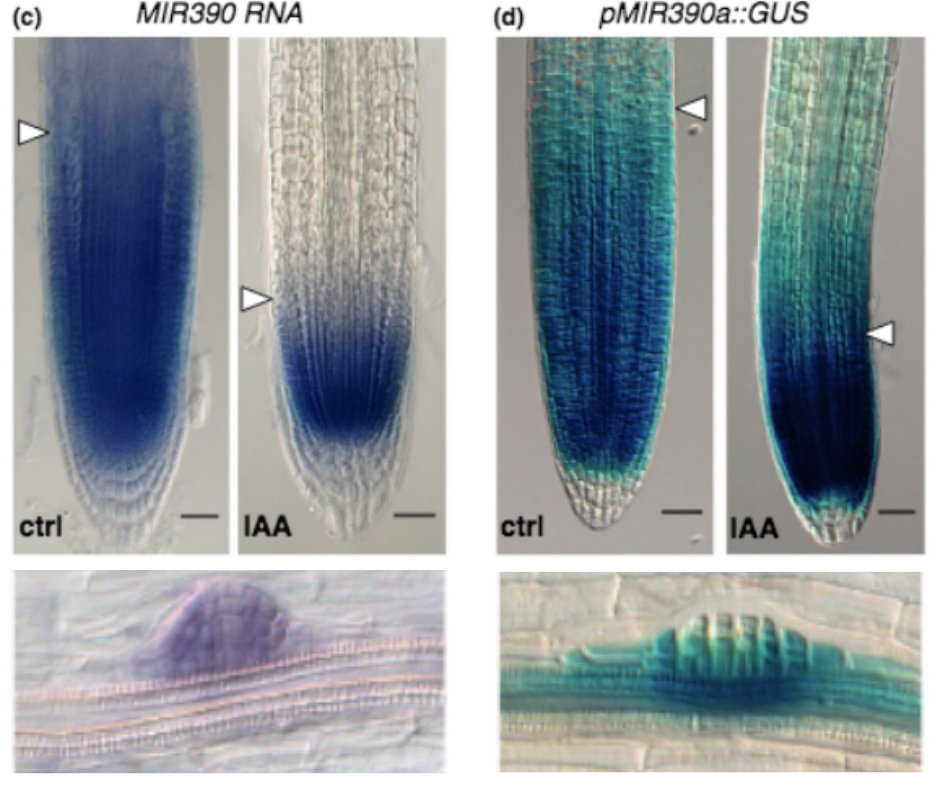
ARF5/MONOPTEROS directly regulates miR390 expression in the Arabidopsis thaliana primary root meristem (Plant Direct)
Plant Science Research WeeklyPrevious studies have indicated that auxin controls gene expression via regulatory transcriptional networks, mediated by a family of DNA-binding auxin response factors (ARFs) that bind to auxin response DNA elements (AuxREs) in the promoters of genes. In this study, Dastidar et al. investigated the…
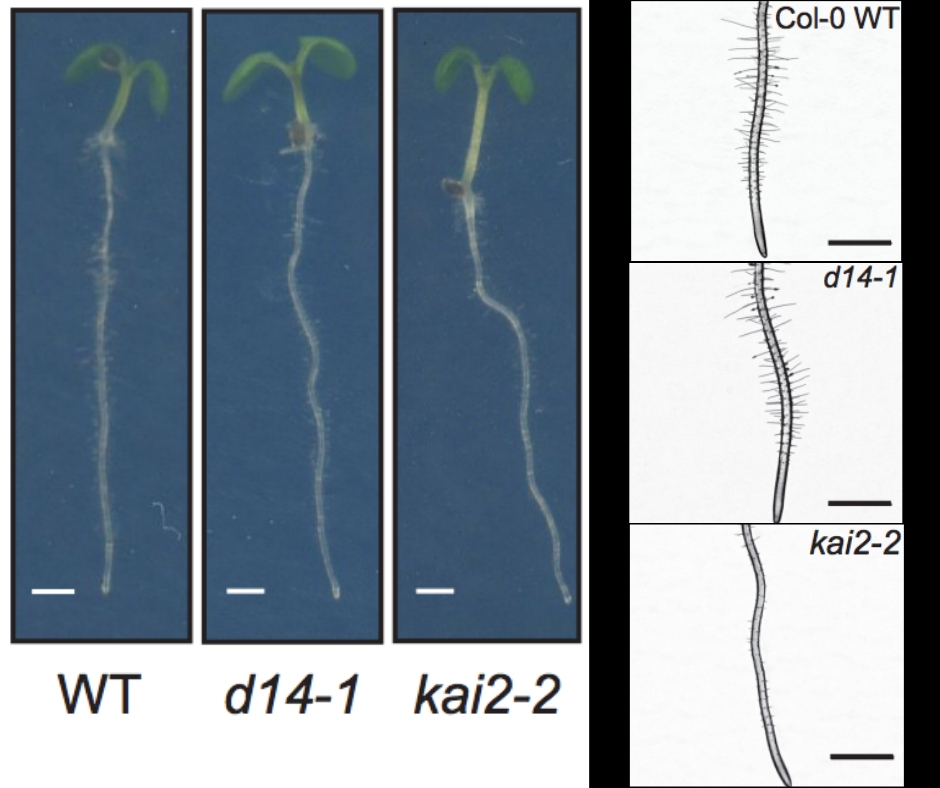
KAI2 regulates root and root hair development by modulating auxin distribution (bioRxiv)
Plant Science Research WeeklyTo optimize growth, plant development is regulated by environmental information. Root morphology is adaptable to stimuli due to a network of phytohormone signalling pathways. Here Villaecija et al. studied the roles of strigolactones (SL) and karrikins (KL) signalling in controlling root and root hair…
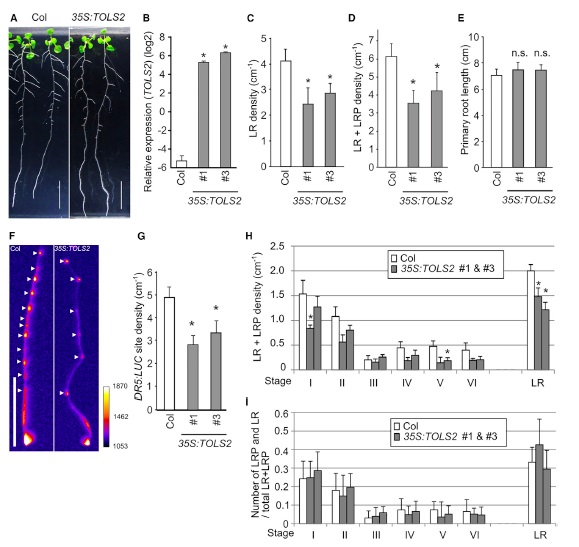
Lateral inhibition by a peptide hormone-receptor cascade during Arabidopsis lateral root founder cell formation (Devel. Cell)
Plant Science Research Weekly
The plant hormone auxin acts as a general coordinator of growth and development, transferring information over both long and short ranges. Among other roles, it promotes the formation of the founder cells in roots and it triggers the position of the lateral roots (LR). LR founder cells are determined…

Auxin efflux carrier ZmPGP1 mediates root growth inhibition under aluminum stress (Plant Physiology)
Plant Science Research WeeklyAcid soils (pH < 5.5) mobilize aluminum (Al) in the rhizosphere, which damages the root meristem and hinders exploration for nutrients and water. Zhang et al. demonstrate that a mutation in ZmPGP1, an auxin transport protein, imparts enhanced root growth under toxic Al conditions. The enhanced root…
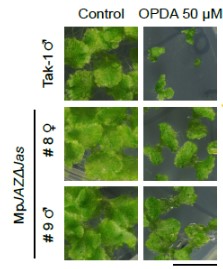
A single JAZ repressor controls the jasmonate pathway in Marchantia polymorpha (Molecular Plant) ($)
Plant Science Research Weekly
Previously, Monte et al. showed that the liverwort Marchantia polymorpha perceives the jasmonate pathway precursor dn-OPDA instead of the well known JA-Ile phytohormone of vascular plants. Now, Monte and colleagues focus on the MpJAZ, downstream of the signal transduction pathway. MpJAZ is the sole…
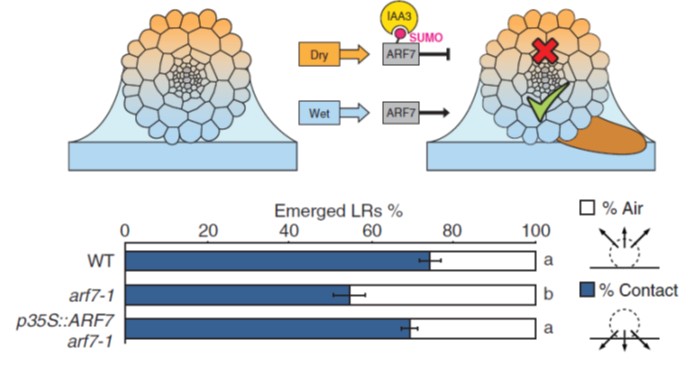
Root branching toward water involves posttranslational modification of transcription factor ARF7 ($) (Science)
Plant Science Research WeeklyRoots do amazing things, particularly in terms of how they optimize their growth in response to their very local environment including water, nutrients, microbes, and physical obstructions. Branching in regions of contact with water is called hydropatterning, and previous studies showed that an auxin…
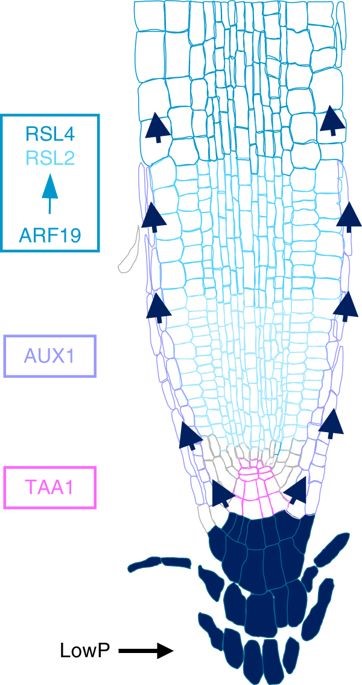
A mechanistic framework for auxin dependent Arabidopsis root hair elongation to low external phosphate (Nature Comms)
Plant Science Research WeeklyPlants respond to a low phosphate environment through increased elongation of root hairs. Bhosale et al. showed that low external P increases levels of the auxin (IAA) in Arabidopsis roots through the TAA1 (TRYPTOPHAN AMINO TRANSFERASE 1)-mediated auxin biosynthesis pathway. At the same time, the auxin…
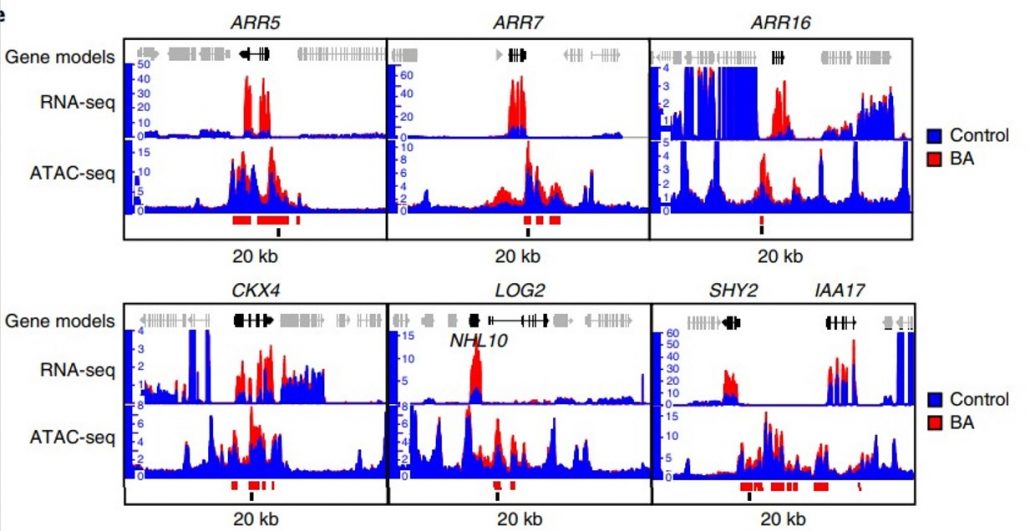
Cytokinin modulates context-dependent chromatin accessibility through the type-B response regulators ($) (Nature Plants)
Plant Science Research WeeklyThe cytokinin-based response is assumed to be achieved through context-dependent transcriptional regulatory mechanisms. Potter et al. analyzed cytokinin-induced alterations in chromatin accessibility using ATAC-seq (Assay for Transposase-Accessible Chromatin using Sequencing) and combined these results…

The mechanism by which MYC2 regulates the termination of jasmonic acid signaling
The Plant Cell, The Plant Cell: News
Source: Institute of Genetics and Developmental Biology Published: 2019-01-11. Translated from the original.
As an important plant hormone, jasmonic acid regulates plant defense responses and adaptive growth. When the plant is exposed to pests or other stresses, the active jasmonic…

